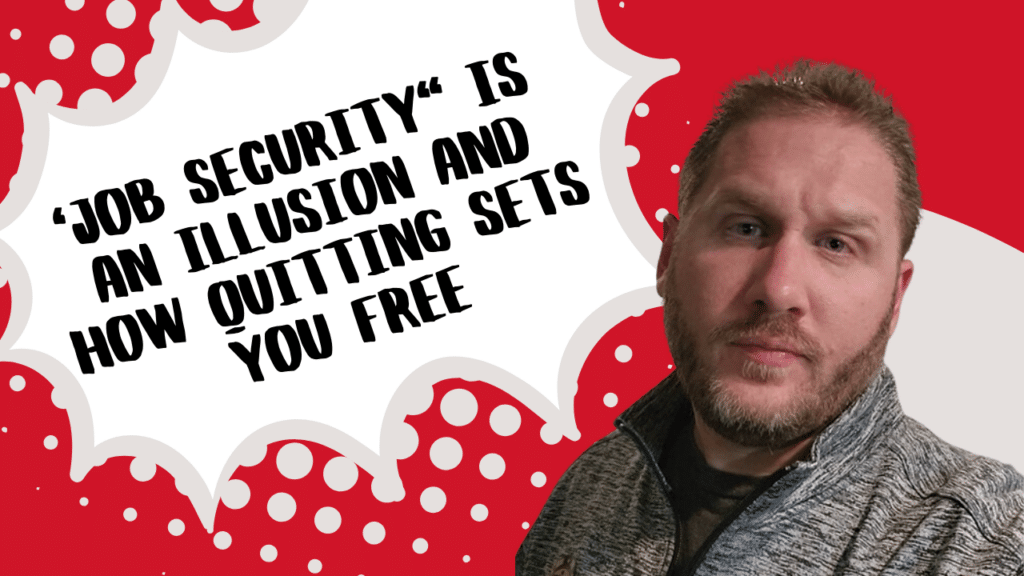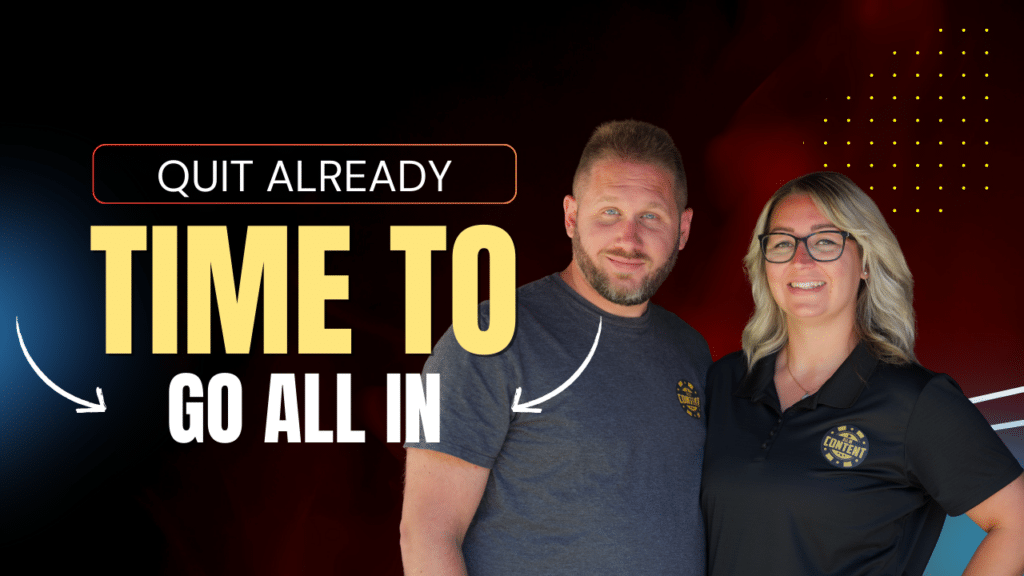This article was originally published on ICMI.com in August 2020.
Look in any industry, business, or corner of pop culture, and rivalries are everywhere. Microsoft vs. Apple. Coke vs. Pepsi. Marvel Comics vs. DC Comics. Ford vs. GM.
Within contact centers, there is a rivalry that continues to rage every year. What I’m talking about is the ultimate showdown between quantity vs. quality. In this article, we’re going to discuss this epic battle and see if there is a winner.
Quality vs. Quantity in the Contact Center
Customer expectations continue to rise, putting pressure on the contact center to deliver faster and higher levels of service. In some organizations, that can mean there are trade-offs between quality and quantity considerations. Higher expectations might mean that contact center leaders will try to do more with less while still improving performance; this might make the pendulum swing wildly from one side to the other.
Contact center teams are taking more calls, chats, or emails than ever before. Still, they need to produce high levels of near-perfect customer satisfaction. With such demands on agents, it’s no wonder that burnout, attrition, and low employee engagement levels are a significant concern. Without the right level of support in terms of effective tools, processes, or solid strategy, the agent experience suffers.
Why Quantity Matters
In every contact center, quantity matters. Response times and service levels are closely tracked. Metrics like Average Handle Time are an important efficiency metric used by Workforce Management teams to forecast support needs for each interval of contact center services. The more interactions an agent can complete during their shift, the less need for more people in the queues and this saves money for the organization. Considering that many organizations view contact centers as cost centers instead of profit centers, organizations want to efficiently squeeze out as much volume from those teams as possible.
Time connects to quantity. Companies that can give time back to their customers are the most successful ones. According to HubSpot Research, 33% of customers report that wait time is their biggest frustration with customer service. The quicker agents can work through interactions, the higher overall satisfaction. Forrester states that 73% of consumers reported that the most critical thing that customer service teams and companies could do is show that they value their time.
Choose Your Metrics Wisely
If quantity matters to you and your team, it’s essential that contact center leaders choose their metrics wisely. What makes it on your scorecards will drive certain types of behaviors and performance from your agents and team.
Early on in my contact center career as a leader, I’ll admit I was guilty of overvaluing the importance of contribution. Cleaning up the operations of a team I inherited required leveling out volume better across the team. I irresponsibly valued and linked performance to how many interactions someone completed, without placing enough emphasis on the quality of those interactions. Those who powered through calls, chats, and emails and cleared out the queues were deemed to be high performers. Unfortunately, upon closer inspection, we found that some were making mistakes and referrals, creating more work for themselves and others.
On another team I led, I found that focusing on contribution and the number of interactions led to team members cherry picking easier ones leaving the most challenging tasks to others. That created personnel issues and drama that we needed to deal with. You get what you measure and reward, so be careful what you choose as your metrics for defining success.
Why Quality Matters
If you get it right the first time, there is usually no need to redo work. Interactions of high quality will often result in fewer follow-ups and a higher chance of resolving the customer’s request during the first contact. Since 73% of companies reporting “above average” levels of customer experience perform better than their competitors financially (according to Temkin Group), quality is also essential. Becoming more quality-focused requires consistent execution of the fundamentals.
Contact center leaders need to prioritize training, coaching, and development of their teams to produce positive outcomes. Companies that ensure contact center teams deliver high-quality interactions consistently will often demonstrate greater efficiency. Those organizations that provide a culture of recognizing and rewarding agents and groups who provide quality customer experiences will see higher levels of engagement, too.
Which One Wins?
In my opinion, quality always wins. Quantity isn’t everything, and it certainly shouldn’t be the main priority. The road to prioritizing quality interactions can be a difficult journey, depending on what stage your contact center is at in terms of agent experience maturity. Leaders have a big role in driving a quality-focused culture. Influencing positive outcomes requires a dedicated strategy prioritizing having the right processes, tools, and people in place to succeed.







